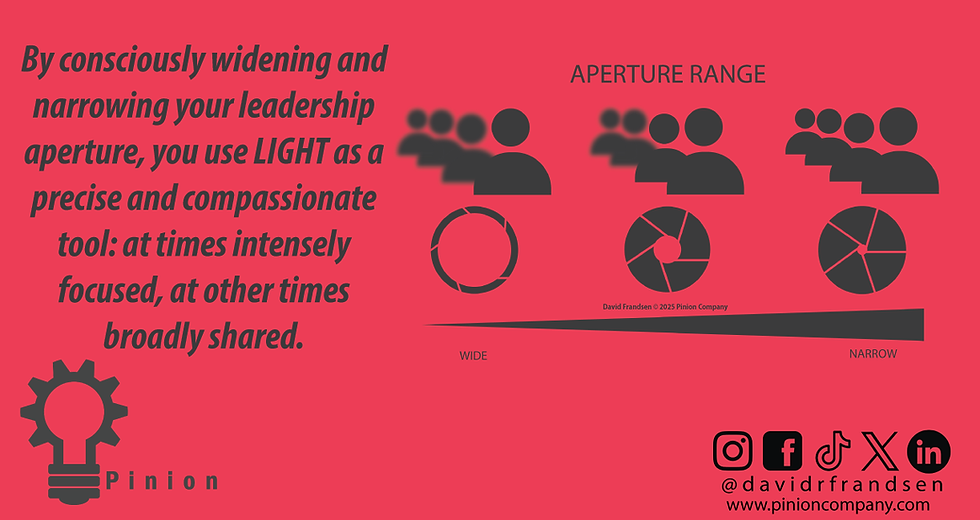The Ostrich Approach to Leadership: Why Sticking Your Head in the Sand Never Solves Problems
- David Frandsen
- Jul 7
- 3 min read

Leadership is often romanticized as bold decision-making and unwavering courage. Yet, one of the most common—and damaging—mistakes leaders make is far less dramatic: doing nothing in the face of problems. This so-called "ostrich approach," where leaders metaphorically stick their heads in the sand and hope issues resolve themselves, is a silent epidemic in organizations and government alike. I’ll admit, I’ve been guilty of it myself. A wise mentor once told me, “The most common mistake leaders make is doing nothing.” He was right.
Why Leaders Avoid Facing Problems
There are several reasons leaders fall into the trap of inaction:
· Hope as a Strategy: Sometimes, leaders simply hope things will improve on their own. Unfortunately, hope is not a plan, and problems left unaddressed almost always fester and grow.
· Fear of the Unknown: There’s a natural fear that digging into an issue will reveal something worse than expected. I’ve experienced this firsthand—when I finally investigated a brewing personnel problem, it turned out to be far more serious than I’d imagined.
· Ignorance is Bliss: As Toby Keith sang in "Wish I Didn’t Know Now," sometimes not knowing feels easier. But this blissful ignorance comes at a high cost to organizations and teams.
The Cost of Doing Nothing
When leaders ignore warning signs, the consequences can be severe:
· Underperformance Goes Unchecked: I’ve seen many organizations celebrate so-called “rock star” employees, only to discover—once they finally start tracking performance—that these individuals are grossly underperforming. In one case, a city was preparing a grand retirement send-off for an employee who, upon closer scrutiny, was working only about 10 hours a week.
· False Sense of Security: Leaders who don’t investigate or ask hard questions often believe everything is running smoothly. This illusion is shattered when accountability systems are finally put in place, revealing widespread underperformance or inefficiency.
·
Missed Opportunities for Growth: Avoiding problems means missing out on opportunities to improve processes, boost morale, and set higher standards for everyone.
Why Leaders Must Pull Their Heads Out of the Sand
Leadership isn’t about comfort—it’s about responsibility. Exposing underperformance or inefficiency isn’t about calling anyone a liar or shaming employees; it’s about setting clear expectations and creating a culture of accountability. Many employees, in fact, don’t realize how much time they waste or how their performance measures up until it’s tracked and discussed openly.
Accountability Systems: A Path Forward
In my own work, we have developed a system I call CivicMetrics to track work and create accountability. The results have been transformative—not just for productivity, but for morale. Employees take pride in knowing what’s expected and seeing their progress. Leaders, meanwhile, gain a clear-eyed view of what’s really happening in their organizations.
Self-Deception Isn’t Just for Leaders
It’s worth noting that self-deception isn’t unique to those in charge. Years ago, when asked how long it took me to complete a painting, I guessed a low number. Only after tracking my time did I realize my estimate was wildly optimistic. This is a common human error: we all tend to overestimate our efficiency and performance until confronted with the facts.
Conclusion
The ostrich approach is tempting, but it’s a dead end. Problems rarely solve themselves, and leaders who avoid facing them head-on risk far greater damage down the road. The most effective leaders are those who are willing to pull their heads out of the sand, ask hard questions, and hold themselves and their teams accountable. In the end, facing reality—however uncomfortable—is the only way to lead organizations to real, lasting success.




Comments